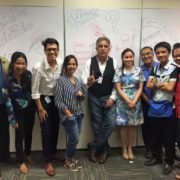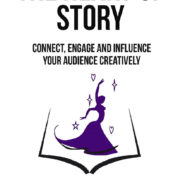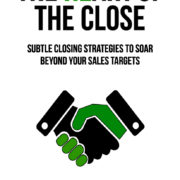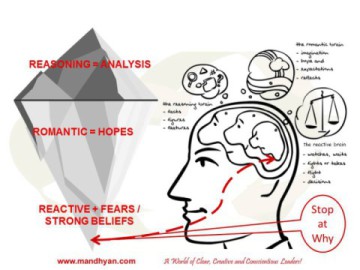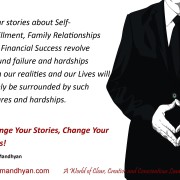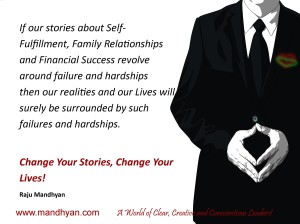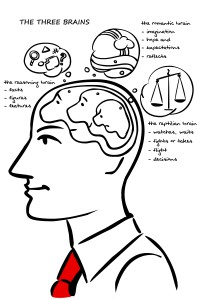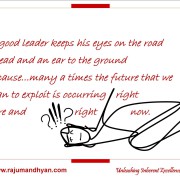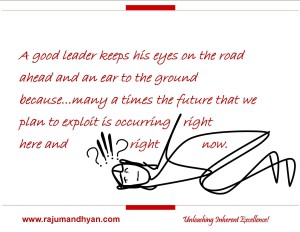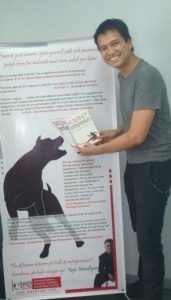the Facilitator’s Way
Long ago I read a short story about how three mother birds brought forth into the world three baby birds. When the first baby bird struggled to break out of her shell, mother bird rolled up her sleeves and went right to work for her baby. When the second baby bird struggled to break out of her shell, second mother bird leaned back against the tree and whistled a happy tune. And, when the third baby bird struggled then her mother bird pecked at the shell as and only when needed. Most other times she stood by and let the baby bird fight her own fight.
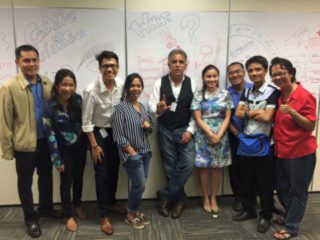
Graphic Facilitation for IAF, Philippines
You have probably guessed the outcomes by now. First baby bird broke free but never flew. Second baby bird, poor dear, never made it out of the shell. And, the third baby bird grew up just right, became a productive citizen and a good daddy-bird in due time.
In the social and business world where our every breath, every word and every action needs to drive innovation and growth, our abilities to breed, manage and develop talent requires the mind-set and competencies of the third mother bird. Take any business activity; brainstorming, idea-generation, problem-solving, strategy-forming, consensus-seeking, negotiations of all kinds, action-planning, performance analysis, training, mentoring coaching and even celebrating success requires our leaders to have the mind-set and the know how to bring out the best from individuals and communities. Those in the know call this the art of facilitating growth or, better still, the Facilitators Way.
Of course, beyond the mind-set and the natural competencies there are methods and processes to be learned and mastered. Thankfully for upcoming teachers, trainers, moderators, coaches, consultants, lawyers and other mediators a treasure-trove of these processes shared by leading facilitators and thought leaders at the International Association of Facilitators, worldwide.
The IAF Philippines, International Association of Facilitators Philippines’ represents IAF- World a professional body established to promote, support and advance the art and practice of facilitation through methods exchange, professional growth, practical research and collegial networking in the Philippines.
In the last one year of its inception we have run, at cost, four Learning Sessions sharing the skills of Graphic Facilitation, Story-telling, World-Café, Force-Field Analysis for more than 200 professional and want to’ be professional facilitators. On Saturday July, the 2nd, we will once again present and demonstrate the technology of Deep Democracy. Sign up at https://goo.gl/sX5f2q
Anyone who needs to learn professional facilitation is invited to learn, share, demonstrate and build a Philippines where all forms of interventions, innovations and development efforts take on a compassionate, professional and an elegantly inclusive edge. IAF Philippines, the Facilitators Way, is the way to become a good parent and a productive citizen of the world

